When it comes to gorgeous fall blooming perennials in the landscape, it’s hard to beat growing asters!
Although mums are often the go-to plant for autumn color, asters can really spice things up. The hardy perennial boasts varieties with blooms in a wide range of colors from blue, white, pink, to even hues of purple and red.
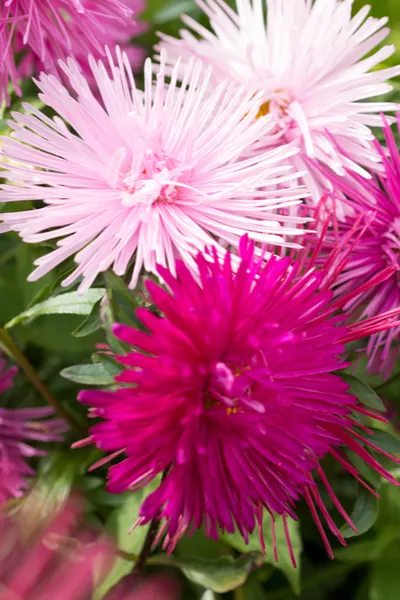
And they add more than just color. Asters are also a huge attraction for pollinators. In fact, they attract butterflies and bees in droves. And with their long bloom cycle from late summer to fall, they are a great late season source of nutrition for both. (See : Perennials That Attract Pollinators)
Here is a look at how to plant, grow and maintain asters with ease!
How To Grow Asters
With varieties that can thrive in growing zones 3 through 8, asters can be successfully planted in most landscapes.
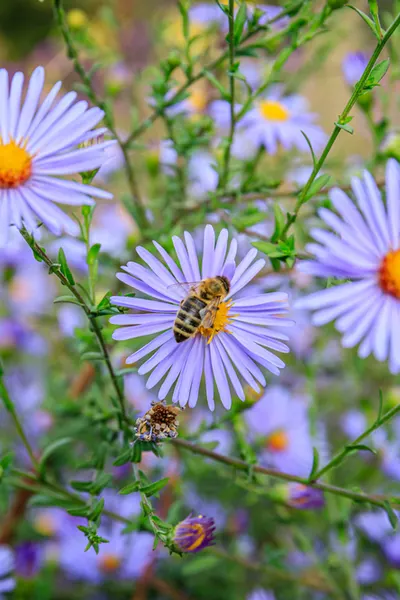
More than anything else, asters require sun to reach their peak. Planting in full sun, or locations that receive at least 6 hours of sunlight is a must for healthy blooming.
Asters prefer loose, well draining soil, although they will grow and acclimate in most soil types. Adding in compost to the soil at the time of planting will help roots establish in quick fashion.
Spacing of the plants all depends on the variety of selected. Most asters grow in the ranges of one to two feet tall, with a similar spread. Varieties like Wood’s Pink aster, which grows to about 2′ in both directions are among the most common planted for fall color. Product Link : Wood Pink Aster Plants
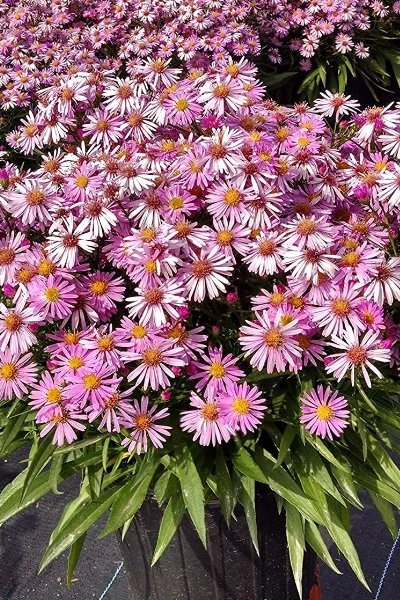
However, there are miniature versions that grow to just a few inches, and varieties that can reach up to 8 foot tall as well. Be sure to read the planting label before planting for proper spacing.
Growing Asters
Although asters can be started from seed, transplanting is a far easier and more successful method. Small seeds and seedlings can often struggle to develop in early spring & summer.
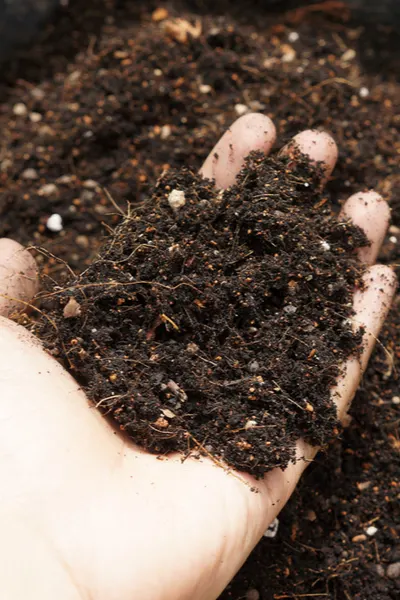
Water plants in well at the time of planting, being sure to provide them with a few inches of mulch to conserve moisture in the soil. Once established, asters will rarely if ever require additional watering.
Long Term Maintenance – Growing Asters
Asters will bloom well into late fall, finally succumbing to a hard frost or freeze. The foliage can be cut back once it has died off, although leaving it through the winter can both add visual interest and help feed wildlife.
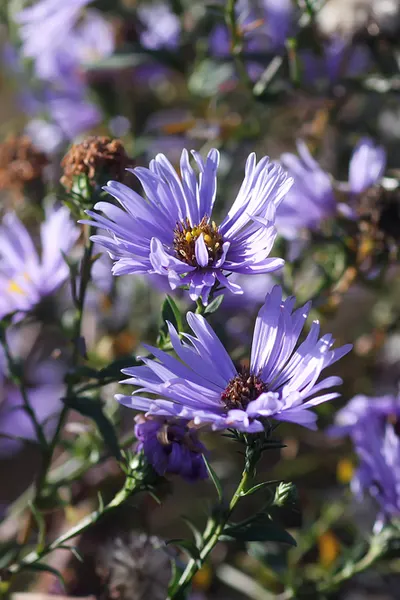
Dividing plants every three to four years will help to maintain vigor and strong blooms. Because of their late season bloom period, it is best to transplant in the early spring.
When transplanting, be sure to add plenty of compost to your planting hole before filling in. This will help hold moisture in as the divisions set new roots in the soil.
Here is planting and growing asters in your landscape, and adding a bit more color to your fall landscape.

This Is My Garden is a website dedicated to spreading the love and knowledge of gardening around the world. We publish two new garden articles each week. This article may contain affiliate links.
